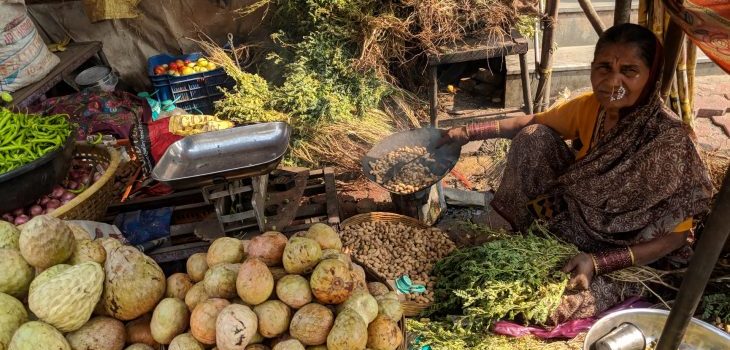Co-payments can be required by your donor to make the money stretch longer. Co-payment also enhance ownership feelings of the project participants and can make a project more sustainable. But how can you choose the size of the co-payment? There is not one fits all answer to this question, but here are some tips for this delicate decision.
What does your donor say?
The first thing you should check is if the donor has any requirements or guidelines concerning the amount they want you or your beneficiaries to contribute. If this is the fact, always follow their specifications.
If there is no specific information in the guidelines, you can still ask the donor about their preferences concerning the co-payment. Many times, they also give a hint in the evaluation criteria (i.e. projects with a high co-payment will be favored).
The size of the co-payment depends on the size of your NGO
If the donor does not let you know how high the co-payment should be, you can choose an amount that fits into the circumstances of your project. It depends a lot on your situation and the total amount you apply for. When your NGO is very small or new, it is fine to only have a very small co-payment that is little more than symbolic. Every donor will understand that you do not have the budget to give a higher co-payment. If your NGO has been working for a long time and has a huge overall budget, the situation changes though. If it is obvious from the outside that your NGO has a lot of funding, potential donors will also expect higher co-payments.
How much should beneficiaries contribute?
When your beneficiaries are supposed to contribute to the amount applied for, make sure that a co-payment does not limit access of your target community to your project. The payment should be high enough to make a difference, but not so high that marginalized people from your target group cannot afford to participate anymore. It is difficult to give an exact number because situations in different countries are very distinct.
I personally have good experiences with co-payments of around 20% for saplings and materials and around 5 daily wages for more expensive investments. Try to have an open discussion with your beneficiaries about this to find out how much they are willing and able to contribute. They might surprise you – in my experience often they offer more than one would think!
Co-payments do not always have to be only monetary. Be creative when coming up with the different forms of contributions you want to give.




